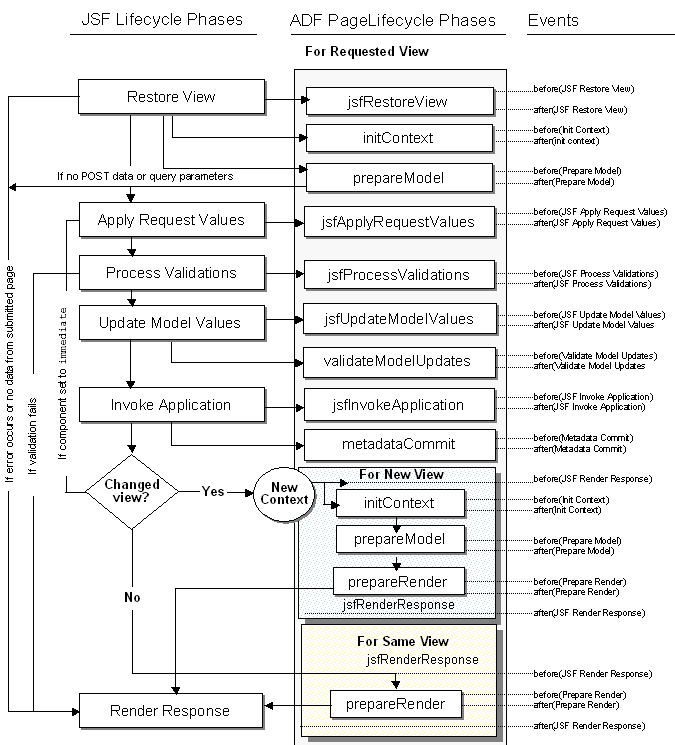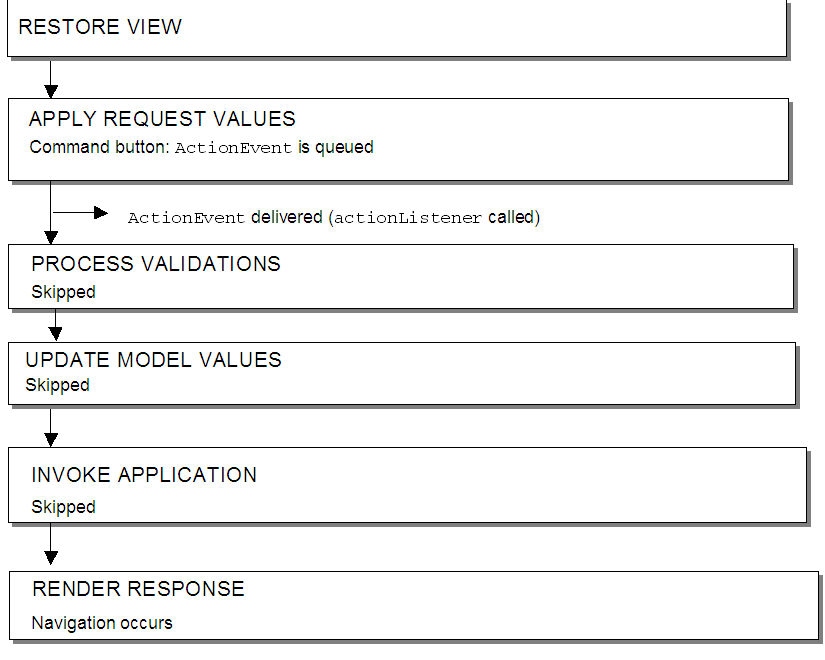Functional Currency: R12 this is the currency of the ledger. FASB52/IAS21: "An entity’s functional currency is the currency of the primary economic environment in which the entity operates".
Reporting Currency: FASB52: "The currency in which an enterprise prepares its financial statements. "Reporting currencies are additional currency representations of primary or secondary ledgers".
Local Currency: According to FASB52: "The currency of a particular country being referred to".
Foreign Currency: According to FASB52: "A currency other than the functional currency of the entity being referred to".
Transaction Currency: According to FCG page 4-5: "Transaction currency is the currency of denomination for a transaction document. We sometimes refer to this as the entered currency".
Primary Currency: According to FCG page 4-5: "The currency used for accounting and reporting in a ledger is called "the ledger primary currency", although it is often referred to as the ledger’s accounting currency".
Source->Link
Reporting Currency: FASB52: "The currency in which an enterprise prepares its financial statements. "Reporting currencies are additional currency representations of primary or secondary ledgers".
Local Currency: According to FASB52: "The currency of a particular country being referred to".
Foreign Currency: According to FASB52: "A currency other than the functional currency of the entity being referred to".
Transaction Currency: According to FCG page 4-5: "Transaction currency is the currency of denomination for a transaction document. We sometimes refer to this as the entered currency".
Primary Currency: According to FCG page 4-5: "The currency used for accounting and reporting in a ledger is called "the ledger primary currency", although it is often referred to as the ledger’s accounting currency".
Source->Link












































